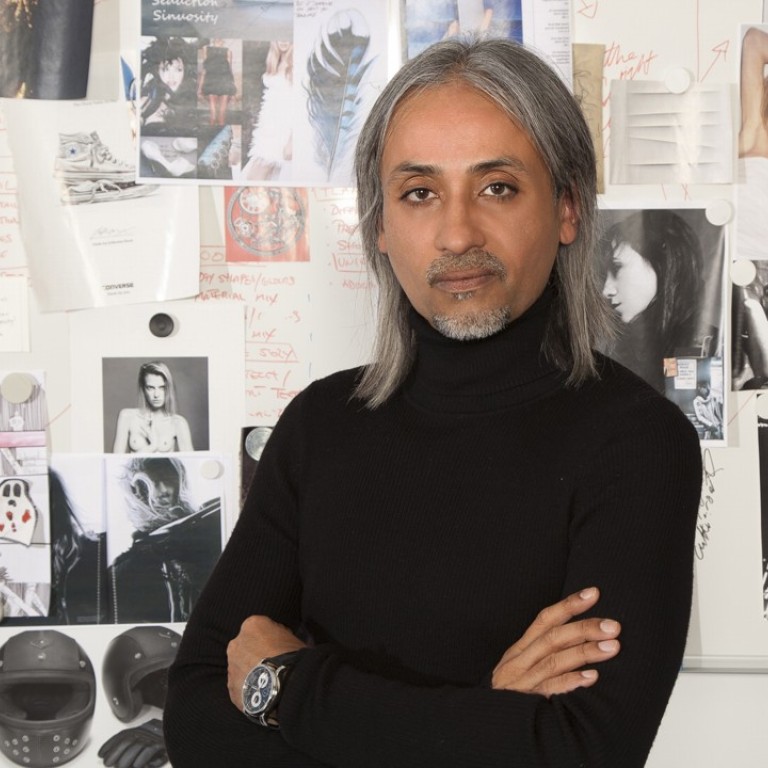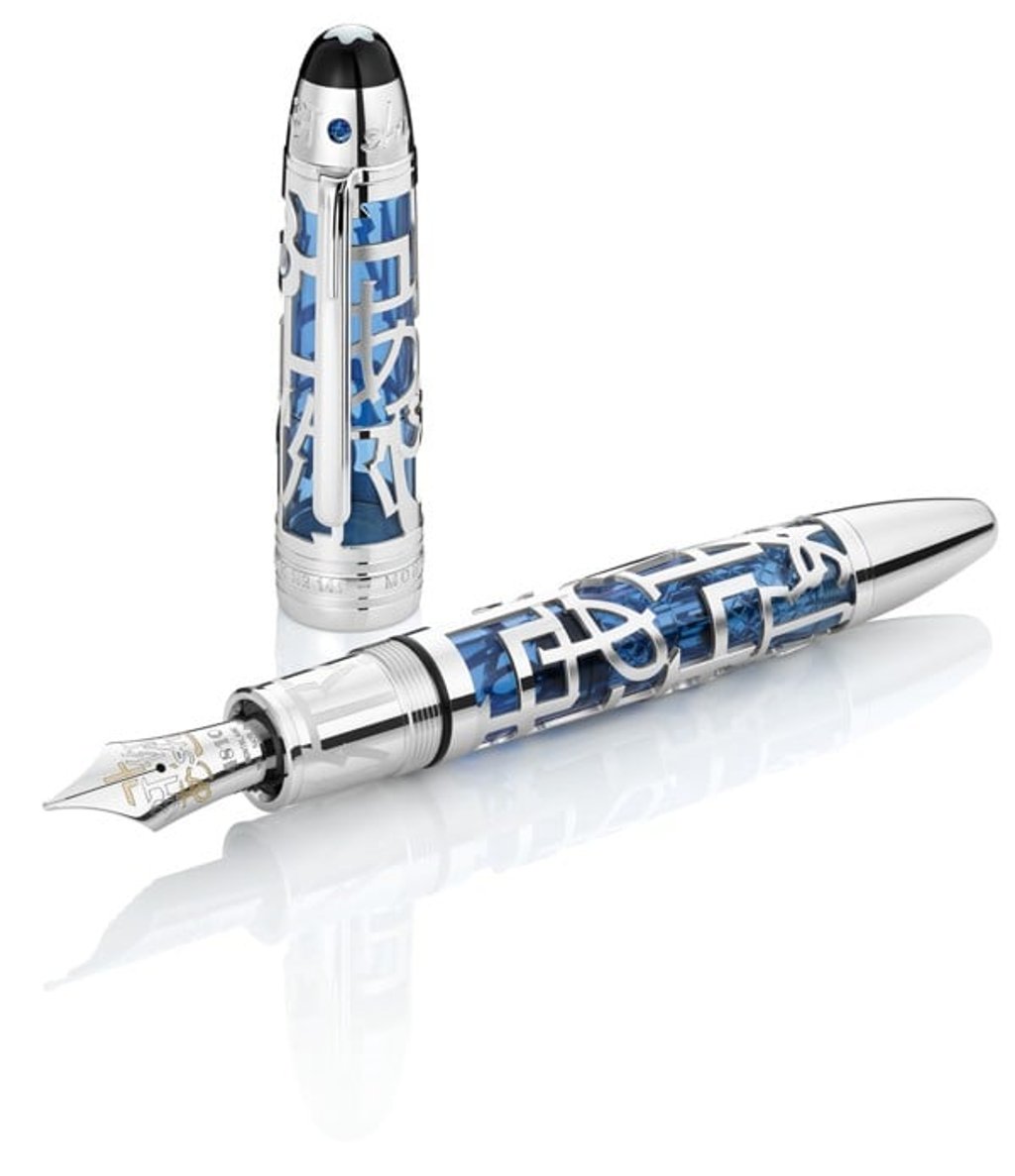Montblanc creative director Zaim Kamal talks China’s progressives and smart watches

Creative director of the maison explains his vision as he drives the company forward, while keeping its values firmly rooted in its heritage
Montblanc is a 110-year-old heritage brand. How do you keep the maison’s heritage in tact while embracing modernity and change?
You describe your target client as a young urban progressive, rather than a young urban professional – what is the difference?

The word “professional” has very specific connotations and I would say if [we had been talking about a client between] 2013 and mid-2016, we could have used “professional” as well. A “progressive” is basically a person who is a professional, but in a profession that is not yet necessarily defined. [When you hear] “professional”, you think of lawyers and doctors and of a certain kind of mentality. A progressive is somebody who does his own thing because he believes in it, and he has his roots in [it]. In fact, it doesn’t matter if he’s working in a profession that we know of, or if he’s creating his own identity. So that’s why we use “progressive” – because it opens up the world.
Which collections or products has the Chinese market responded well to? And how are you catering to this market?
In the last five years, globally, there’s been a lot of blurring of cultures, genders, ages and nationalities. We cater to the urban young progressive, and the requirements of progressives around the world have merged and become very similar. The requirements of a young urban progressive in Shanghai or Hong Kong are similar to those of a progressive in London, New York or Milan. When I worked in fashion, I did a collection 20 years ago, and we had to do a Japanese collection, an American collection, a German collection, and a Chinese collection. Now, because the requirements of progressives everywhere are so similar, everything depends on aesthetics and on what the client wishes to express. You cannot say something works only in China or only in Europe. It’s very much to do with the way in which people want to express themselves.
What is the biggest challenge that the maison faces right now?